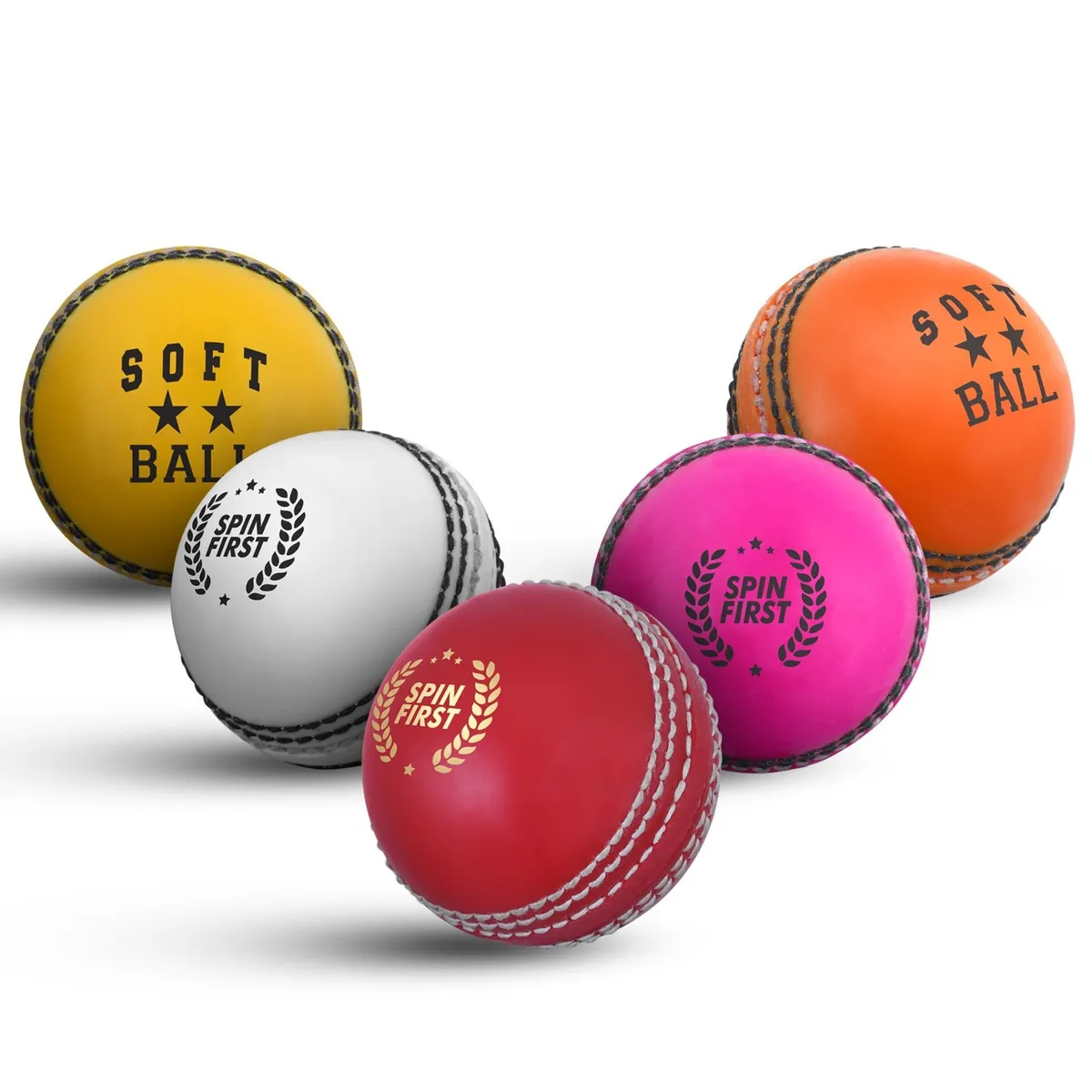
A Comprehensive Guide to the Types of Balls Used in International Cricket
Cricket, often hailed as a gentleman’s game, has evolved significantly over the years, and so has the equipment used in it. One critical component of the game is the cricket ball, which plays a pivotal role in determining the outcome of matches. In international cricket, different types of balls are used, each with its unique characteristics and specifications. This article delves into the various types of cricket balls employed at the highest level of the sport.
- Red Cricket Balls
One of the most iconic sights in international test cricket is the red cricket ball. Used primarily in longer formats of the game, especially in Test matches, the red ball is designed for optimal visibility under natural light conditions. Red balls are traditionally associated with day-night Test matches, where they are used under artificial lights in the evening sessions. The red ball tends to swing more than its white counterpart, especially during the initial overs, making it a challenging prospect for batsmen.
- White Cricket Balls
In limited-overs cricket, both One Day Internationals (ODIs) and Twenty20 Internationals (T20Is), the white cricket ball takes center stage. The primary reason behind using a white ball in shorter formats is its enhanced visibility under artificial lights, facilitating day-night matches. The white ball tends to swing less than the red ball, and its color allows for better tracking during night games. Additionally, the white ball is more susceptible to getting dirty, affecting its swing and movement as the match progresses.
- Pink Cricket Balls
An innovation in the game of cricket, the pink cricket ball is specifically designed for day-night Test matches. Used in conjunction with floodlights, the pink ball aims to provide optimal visibility during the twilight period. Day-night Tests have gained popularity for attracting larger crowds and television viewership. The pink ball is known for its enhanced visibility under lights, swing movement, and ability to maintain its condition for a longer period compared to the red ball.
- Kookaburra Cricket Balls
The Kookaburra cricket ball is widely used in international cricket, particularly in matches played in Australia and New Zealand. Known for its distinctive red or white color, the Kookaburra ball is renowned for its seam movement and durability. It is the ball of choice in many ODIs and T20Is due to its ability to maintain its shape and color even after extended periods of play. However, some critics argue that the Kookaburra ball tends to lose its shine quickly, making it difficult for bowlers to generate a reverse swing.
- Dukes Cricket Balls
Commonly used in England, the Dukes cricket ball has earned a reputation for its pronounced seam movement and durability. The Dukes ball is typically employed in English county cricket and international Test matches held in the country. Bowlers, especially pacers, appreciate the pronounced seam that allows for significant swing, particularly in the early stages of a match. The Dukes ball is often considered a bowler-friendly option, leading to intriguing contests between bat and ball.
- SG Cricket Balls
The SG ball, produced by Sanspareils Greenlands (SG), is the ball of choice in Indian domestic cricket and some international matches played in India. Known for its pronounced seam and ability to grip the pitch, the SG ball offers significant assistance to spinners. However, some players have criticized its durability, claiming that it tends to lose its shine quickly, making it challenging for pacers to extract swing.
- Readers Cricket Balls
Readers cricket balls are commonly used in league cricket and some domestic competitions. While not as prominent on the international stage, Readers balls are known for their durability and affordability. These balls often cater to grassroots and amateur cricket, providing a reliable option for matches at various levels.
Conclusion
In international cricket, the type of ball used has a substantial impact on the dynamics of the game. From the swing-friendly red ball in Test matches to the visibility-centric white and pink balls in limited-overs and day-night formats, each variant brings its own set of challenges and opportunities for players. The choice of the cricket ball not only influences the performance of bowlers but also adds an extra layer of strategy for captains and teams. As the game continues to evolve, so too will the innovation and refinement of cricket balls, ensuring that this crucial element of the sport remains at the forefront of discussions and developments in the cricketing world.



